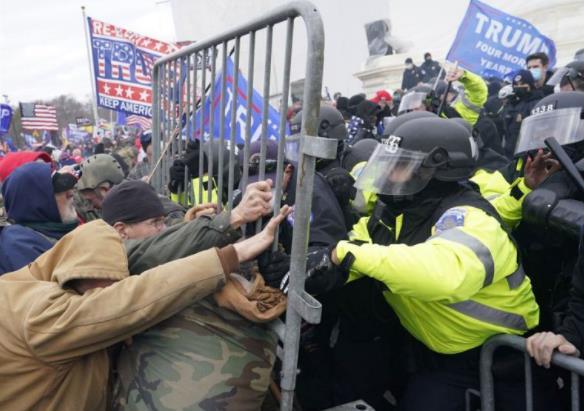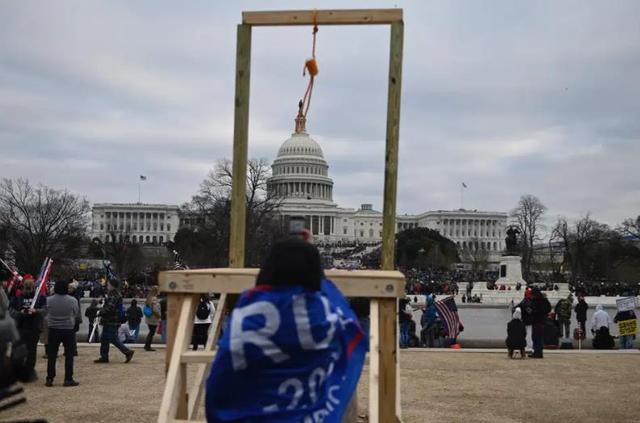January 9th, the National Museum of American History, a subsidiary of the Smith Institution in the United States, plans to collect the remnants of congressional riots to record “the changes made by Americans” and “the fragility of American democracy”.
After the riots in the United States Congress on the 6th, the Capitol was in a mess inside and outside, and the garbage left over from the conflict was everywhere.
On the 7th, Frank Bladzik, curator and historian of the National Museum of American History, began to look through the dustbin outside the Capitol for historical witnesses; as for the Capitol, the staff of the Office of Engineering and Construction are counting broken doors and windows and making a long repair list.
Repair slips composed of broken doors and windows and graffiti
On January 8th local time, the Office of Engineering and Construction of the U.S. Capitol issued a repair form listing items and repair items previously damaged during the Capitol riots. According to the report, the damage in the building was mainly broken glass, doors and windows, and graffiti.
At the entrance of the Capitol, the double-glazed window inlaid on the main entrance of the building was broken on one side and painted with black spray paint on the other side.
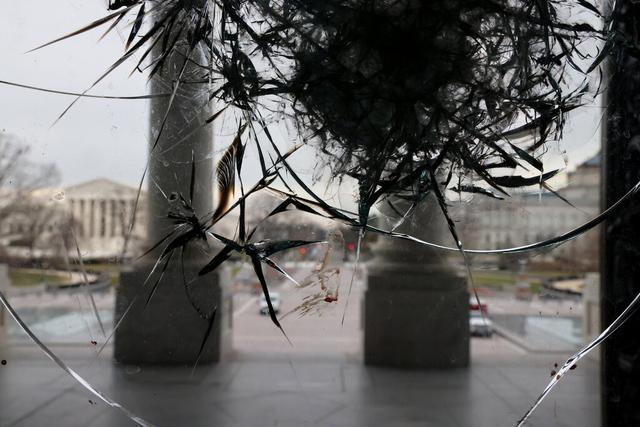
The other door of the main entrance of the building was not spared.
Although it was not completely broken, it was also cracked by protesters.
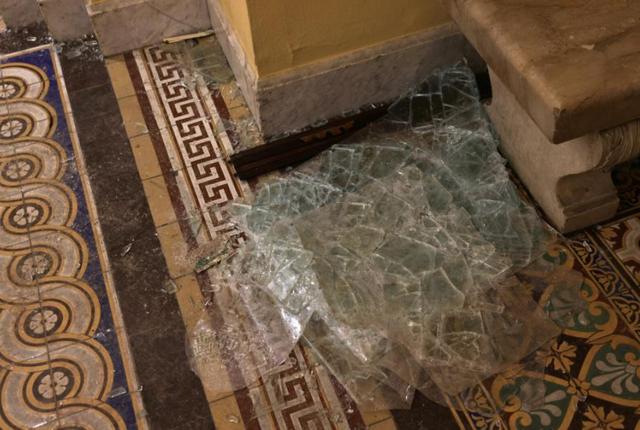
Inside the Capitol, wherever there are windows, the floor on the inner side of the window is often covered with glass.
Because the gate was blocked, many protesters searched for windows on the day of the riot, smashed the glass and climbed over the window into the Capitol.
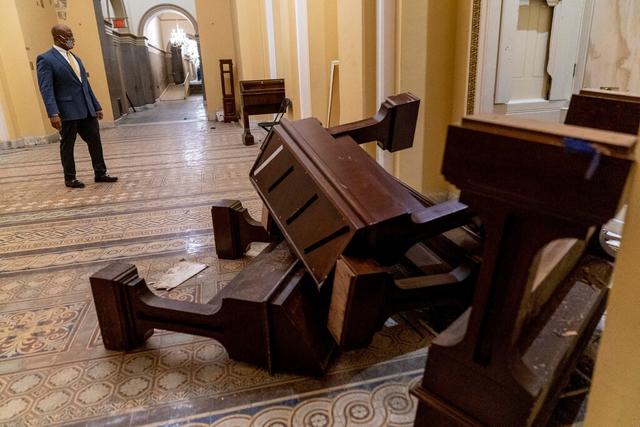
The tables inside the hall for the use of parliamentarians were also dragged out by protesters and piled up on the ground randomly.
In addition, the warranty also mentions that many walls, floors and statues in the Capitol may have been damaged and need to be identified and repaired by professional institutions.
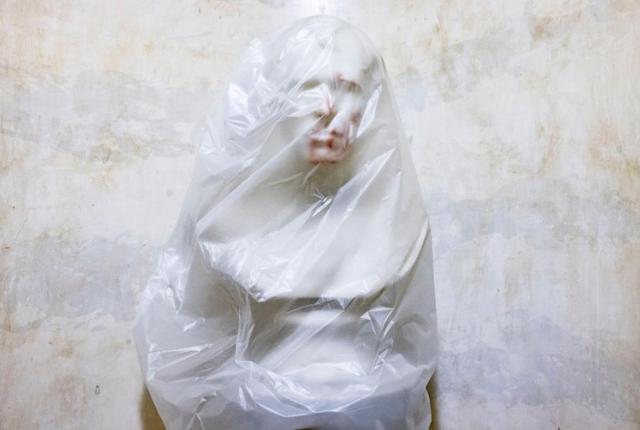
The statue of Zachary Taylor, the twelfth president of the United States, was splashed with blood during the riots that day.
It is not certain whether the stained blood was from the protesters or the congressional police.
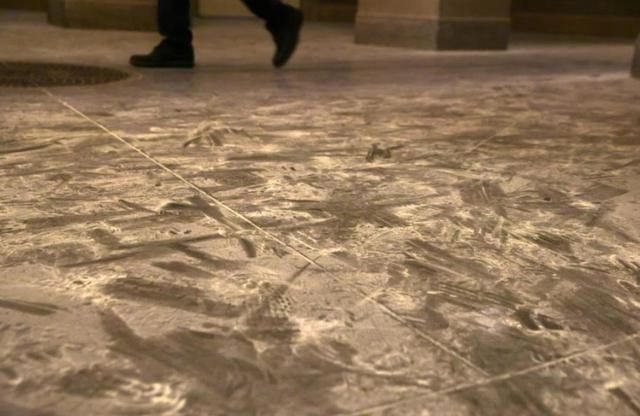
On that day, pepper spray, tear gas and fire extinguisher residues used by Capitol police to disperse the protesters covered the floor of the Capitol with a gray powder.
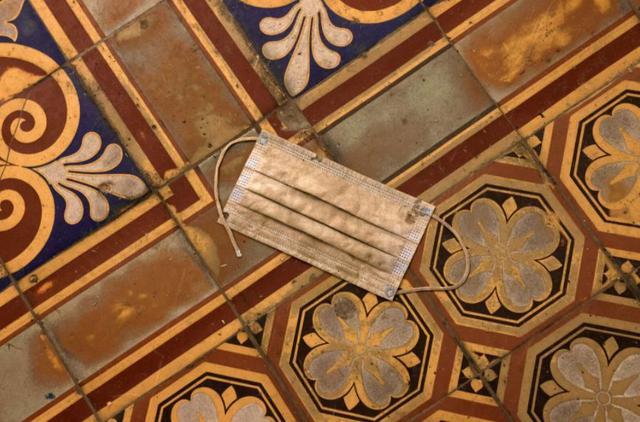
A mask left in a corridor of the Capitol after the riots. During the epidemic, most of the people who participated in the protest did not support wearing masks.
In order to prevent accidental injuries of tear gas gas and pepper spray, most of the congressional police wore gas masks directly when maintaining order, so it is still unclear which party the owner of the mask belongs to.
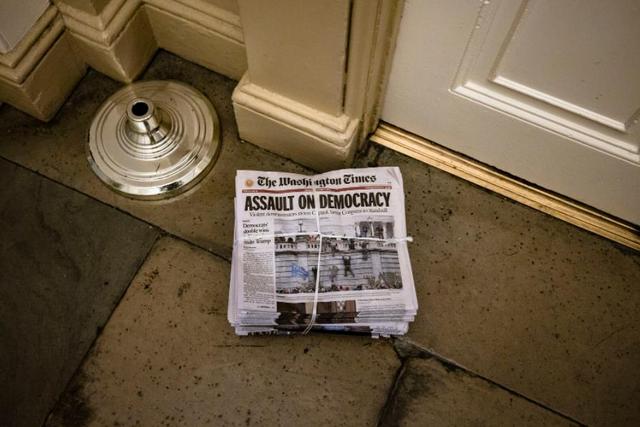
Ironically, after a chaotic day on Capitol Hill, the Washington Times, which published the front page article “An Attack on Democracy”, was sent on time to the door of the office of the shabby Capitol on time.
And this headline story tells the story that happened here the day before.
Enough to confirm the “vulnerability of American democracy”
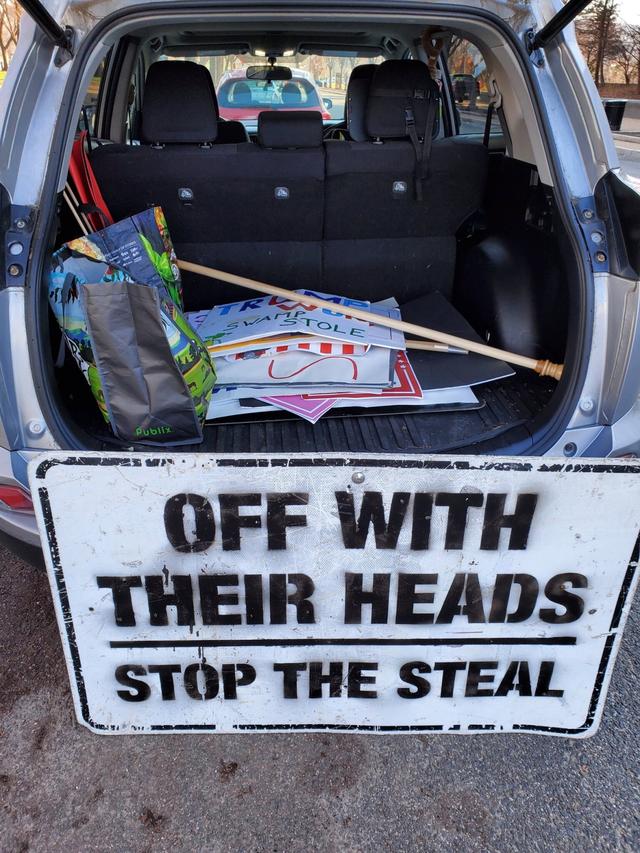
Braček’s current collection includes banners, slogans and so on carried by protesters.
Most of them are slogans that support Trump’s remarks, such as “Stop stealing votes!” Trump won!” Election fraud” and so on.
In addition to these slogans and slogans, according to U.S. media reports, on the day of the congressional riots, protesters erected a wooden torture rack in an open space outside Congress.
The noose of the torture rack is facing the Capitol, the symbol of American democracy.
Interestingly, it is the Americans who built the torture rack. The frame is aimed at the U.S. Capitol.
In the official statement of the National Museum of National History, the violence on Capitol Hill has been described as a historical event that is enough to confirm the “vulnerability of American democracy”, and these “garbage” witnesses Americans “reflection of the past and the pain and possibilities in shaping the future”.
